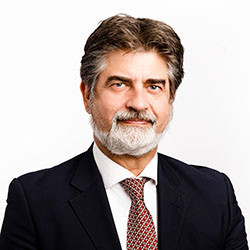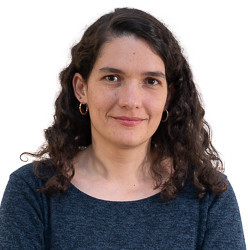Belize
The Context
Belize is a small country with a diverse population. The economy is characterized by weak growth, large public debt and trade deficits. The service sector accounts for 60 per cent of GDP, while agriculture accounts for 8 per cent of GDP.
Poverty affects five in ten people, while urban poverty affects two in five people.
Country facts
Belize has a notably low undernourishment rate, affecting only 5 per cent of the population.
More than half of Belize's population faces challenges in affording a healthy diet.

